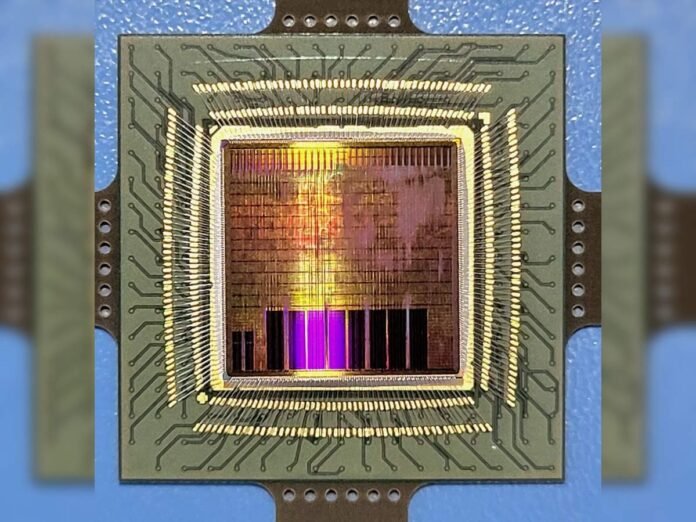
In a significant breakthrough in semiconductor technology, the Indian Institute of Technology Madras (IIT Madras) and the Indian Space Research Organisation (ISRO) have successfully developed and tested an aerospace-quality SHAKTI-based semiconductor chip named IRIS (Indigenous RISCV Controller for Space Applications). This milestone aligns with India’s broader vision of technological self-reliance under the ‘Atmanirbhar Bharat‘ initiative and strengthens the nation’s capabilities in advanced microprocessor technology.
Background of the SHAKTI Project
The IRIS chip development is part of the SHAKTI project, which is supported by the Ministry of Electronics and Information Technology under the ‘Digital India RISC-V’ initiative. The project aims to encourage indigenous development of microprocessor-based products and reduce dependence on foreign technology.
RISC-V, an open-source Instruction Set Architecture (ISA), offers flexibility, security, and scalability for designing custom processors. This makes it a strategic choice for applications requiring high reliability and performance, such as space missions and defense technology.
Development Process of the IRIS Chip
The IRIS chip was designed by the ISRO Inertial Systems Unit (IISU) in Thiruvananthapuram, with implementation carried out by IIT Madras. The development process was entirely domestic, reinforcing India’s commitment to self-sufficiency in semiconductor technology.
Key stages of development included:
- Chip Design: Conceptualized and designed by ISRO IISU and IIT Madras.
- Fabrication: Manufactured by the Semiconductor Laboratory (SCL) in Chandigarh.
- Packaging: Completed by Tata Advanced Systems in Karnataka.
By executing the entire process within India, this initiative underscores the nation’s capability to develop an independent semiconductor ecosystem.
Features and Applications of the IRIS Chip
The IRIS chip is designed for a range of strategic applications, including Internet of Things (IoT) devices and computational systems for defense and space missions. Some of its notable features include:
- Fault-Tolerant Internal Memories: Enhances reliability and performance.
- Custom Functional Modules: Integrates key components like CORDIC (for efficient mathematical computations) and WATCHDOG timers (for system reliability and failure recovery).
- Aerospace-Grade Design: Optimized for critical space mission applications.
Significance of the Achievement
The successful development and testing of the IRIS chip mark a crucial step toward self-reliance in semiconductor technology. This is the third SHAKTI chip developed by India, following RIMO in 2018 and MOUSHIK in 2020. The successful booting of the IRIS chip reinforces India’s ability to create high-performance, indigenous semiconductor solutions that can compete on a global scale.
Future Prospects
ISRO plans to conduct flight tests using the IRIS-based controller in upcoming space missions. The success of this development is expected to pave the way for more sophisticated embedded controllers, further advancing India’s position in the global semiconductor and space technology sectors.
With continuous investment in research and development, India is poised to become a leader in semiconductor manufacturing, fostering innovation and reducing reliance on imported technology. The IRIS chip serves as a testament to the country’s growing expertise in high-end electronics and its commitment to technological sovereignty.

